GDPR Logging and Monitoring Best Practices
The EU General Data Protection Regulation (GDPR) was authored in 2016 and became applicable on May 25th of 2018. You can read the regulation in its entirety in this PDF. If you have legal questions about GDPR and how it applies to your organization, you should seek the advice of a professional who is familiar with the regulation.
In this article, we’ll discuss how some of the aspects in the regulation apply to GDPR logging practices in general, including some which you might find surprising. We’ll also talk about precautions you can take to ensure you are compliant with these laws, and some best practices to implement to protect your customers.
What is GDPR and What Does It Regulate?
If you weren’t aware of GDPR before, you probably were after the tidal wave of privacy-related emails that invaded your inbox in May of 2018. GDPR is a collection of 99 articles that describe the rights of individuals concerning the collection of their data, and the obligations of organizations that collect that information.
Under the GDPR, consumers have rights to:
- Be informed about how their personal data is used.
- Access what information is stored about them.
- Rectify data if it is incomplete or inaccurate.
- Be forgotten and have all their data erased; no questions asked.
- Restrict how and when their data is processed.
- Retain and use their data for their own purposes.
- Object to use of their personal data.
- Protection against the risks of automated decisions.
The GDPR is an attempt to harmonize laws across the European Union, and as one of the most comprehensive and restrictive regulations of its type, it has become the de-facto standard under which organizations operate. Organizations that don’t abide by the articles laid out may be subject to investigations and are at risk for significant fines.
What Data is Covered by GDPR
GDPR covers the use of personal information. Information such as a user’s name, date of birth, and address is personal. The definition in the GDPR also classifies personal information as any characteristic that can be used to identify a person, from physical and physiological traits to cultural and social identities. It also covers any information assigned to an individual, such as credit card numbers, license numbers, and even company-assigned identification numbers.
The law also includes less explicit identifiers. Information about a person’s schedule is considered personal, as well as location information, including their IP address. These identifiers often appear in application logs, which is why GDPR logging policies must account for them.
Private Information and Logging
As IT professionals, security logs are a veritable goldmine of information. They allow us to monitor the health of our applications and view what is being processed in near real-time. Logs also allow us to troubleshoot problems our consumers experience in our applications. If a user reports unusual behavior or failed access, we can search through the logs to build a picture of their activity and understand what went wrong.
We likely use unique user IDs, IP addresses, location data, and payment information in our security logs. While we may secure this data due to fiduciary responsibility, removing all personal information would reduce their operational value.
Fortunately, the GDPR allows for the legitimate use of a consumer’s personal information, as long as we take necessary precautions and remain transparent about how it is used. We must also respect data subject rights and build processes to delete or migrate personal data when requested.
Let’s look at steps that support GDPR-compliant log management.
Best Practice 1: Keep Logs Only as Long as You Need
Audit your logs and determine what personal data they contain. Once you understand the value of the information, assess how that value changes over time. In consultation with legal, finance, and HR teams, create a policy that specifies GDPR log retention timelines. Then, implement tools to automate log rotation and deletion once those time periods expire.
Log rotation ensures that old log data is securely removed or archived according to retention policies, reducing risk exposure while keeping storage efficient.
Best Practice 2: Encrypt Your Logs Where Possible and Monitor Access
Log encryption is your first line of defense against unauthorized access. GDPR guidelines expect organizations to provide robust security around personal data, and encryption meets this requirement. If logs are retained long-term, ensure the storage system is secure.
Access to GDPR audit logs should be restricted to authorized users and subject to regular audits. A centralized platform like Mezmo supports GDPR logging and access control out of the box.
Best Practice 3: View GDPR Compliance as an Investment
Beyond avoiding GDPR fines, protecting user data strengthens your relationship with customers. A transparent and secure logging practice fosters trust and loyalty.
As you improve your GDPR logging processes, consider consolidating platforms to improve data efficiency and compliance. This can make your teams more productive and reduce risks associated with fragmented data handling.
Learn more about how Mezmo helps customers with GDPR audit logs, secure data handling, and log lifecycle management here.

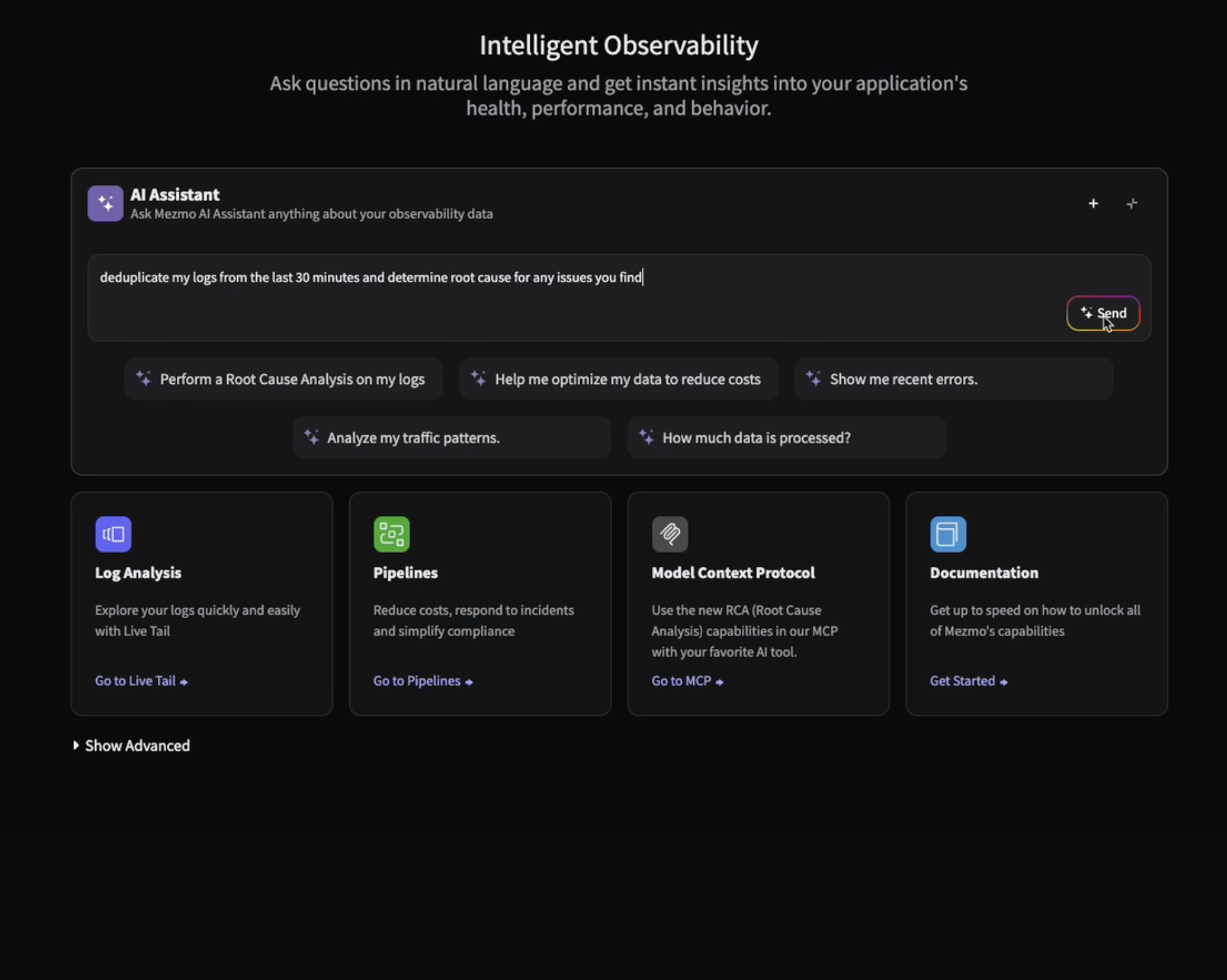
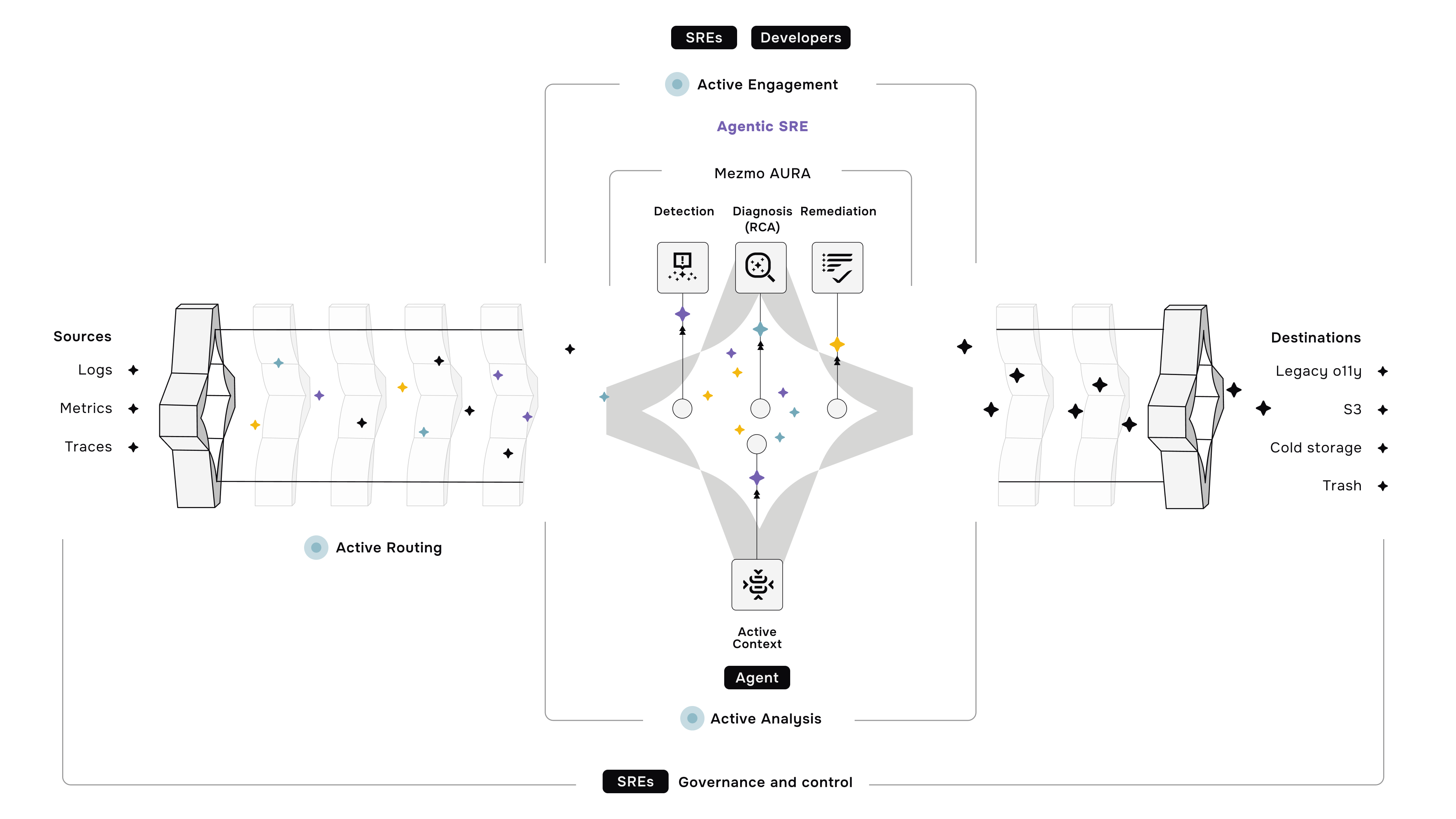

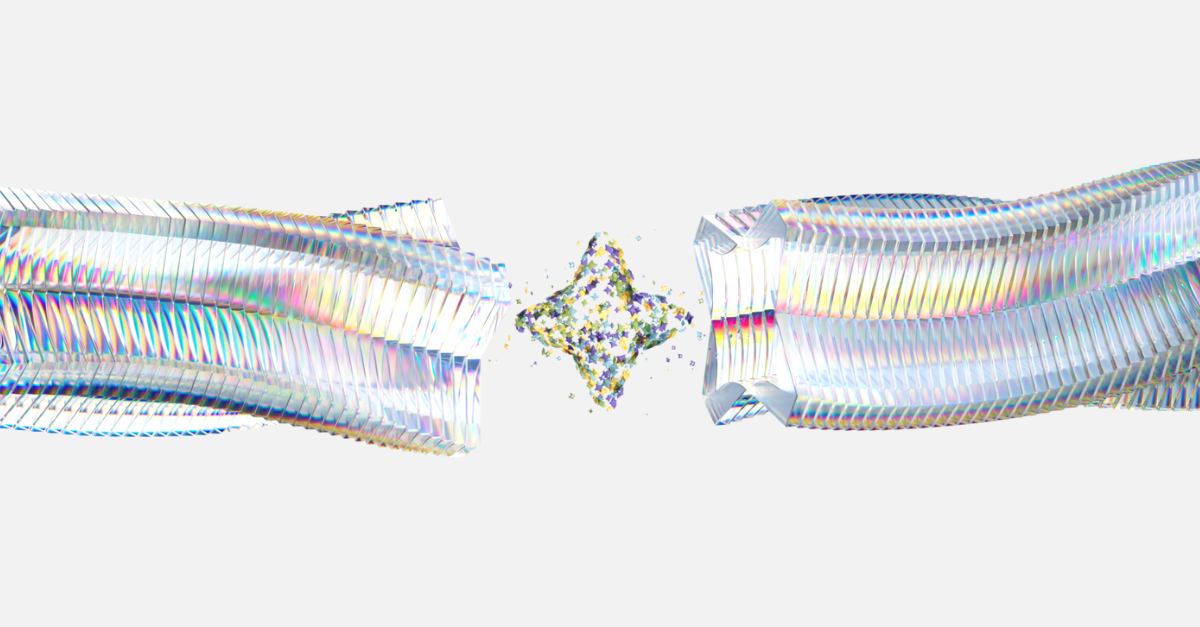







.png)


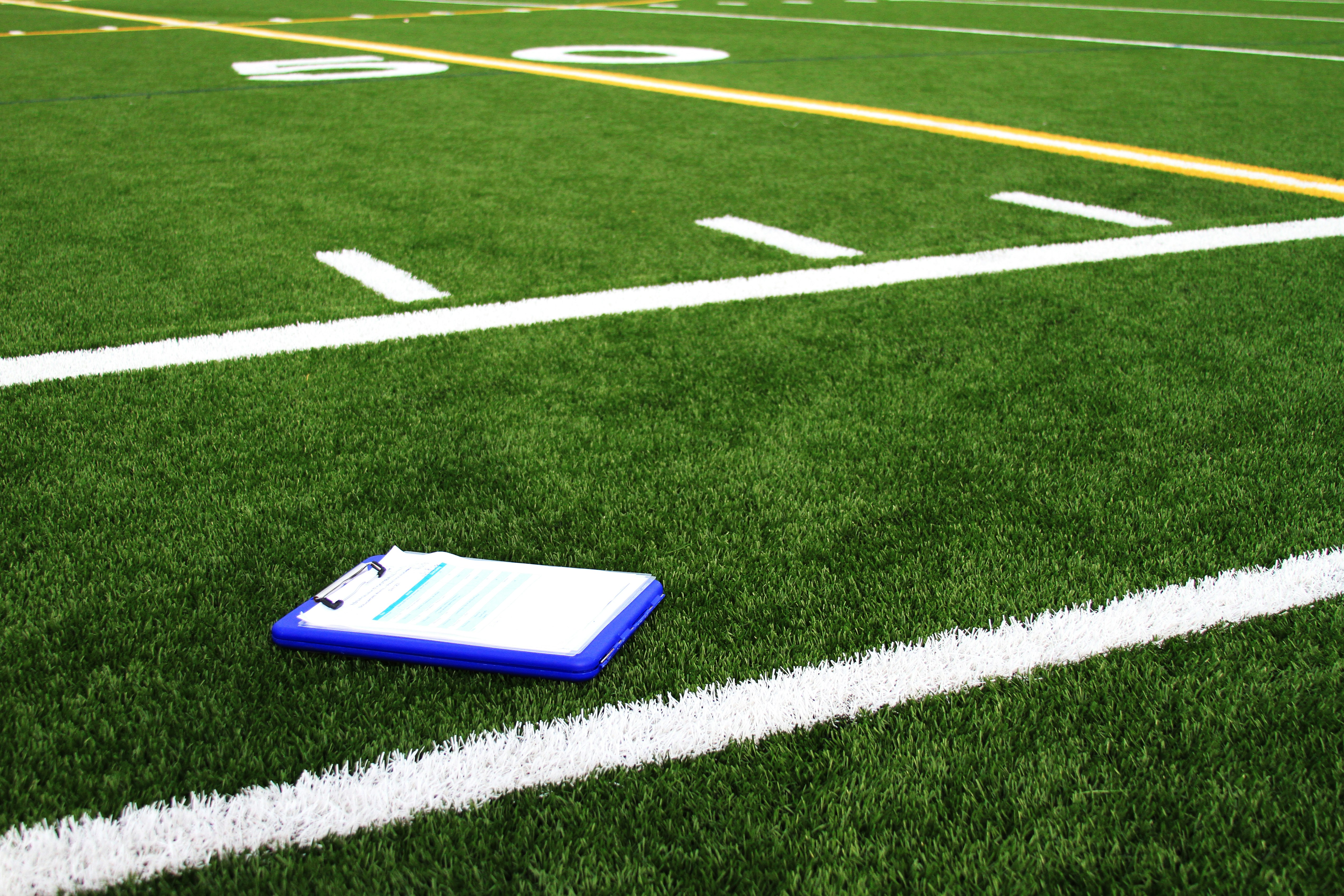
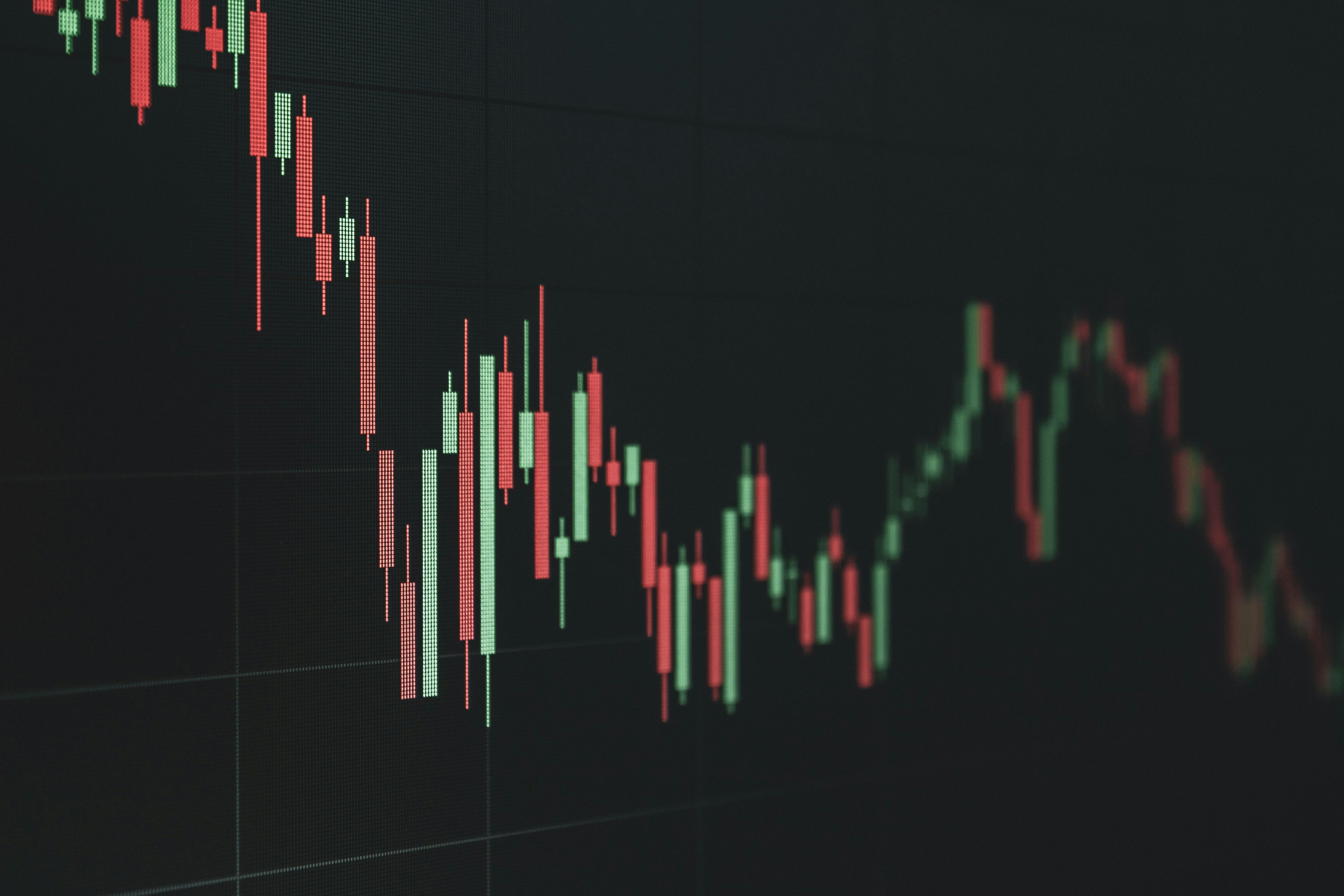

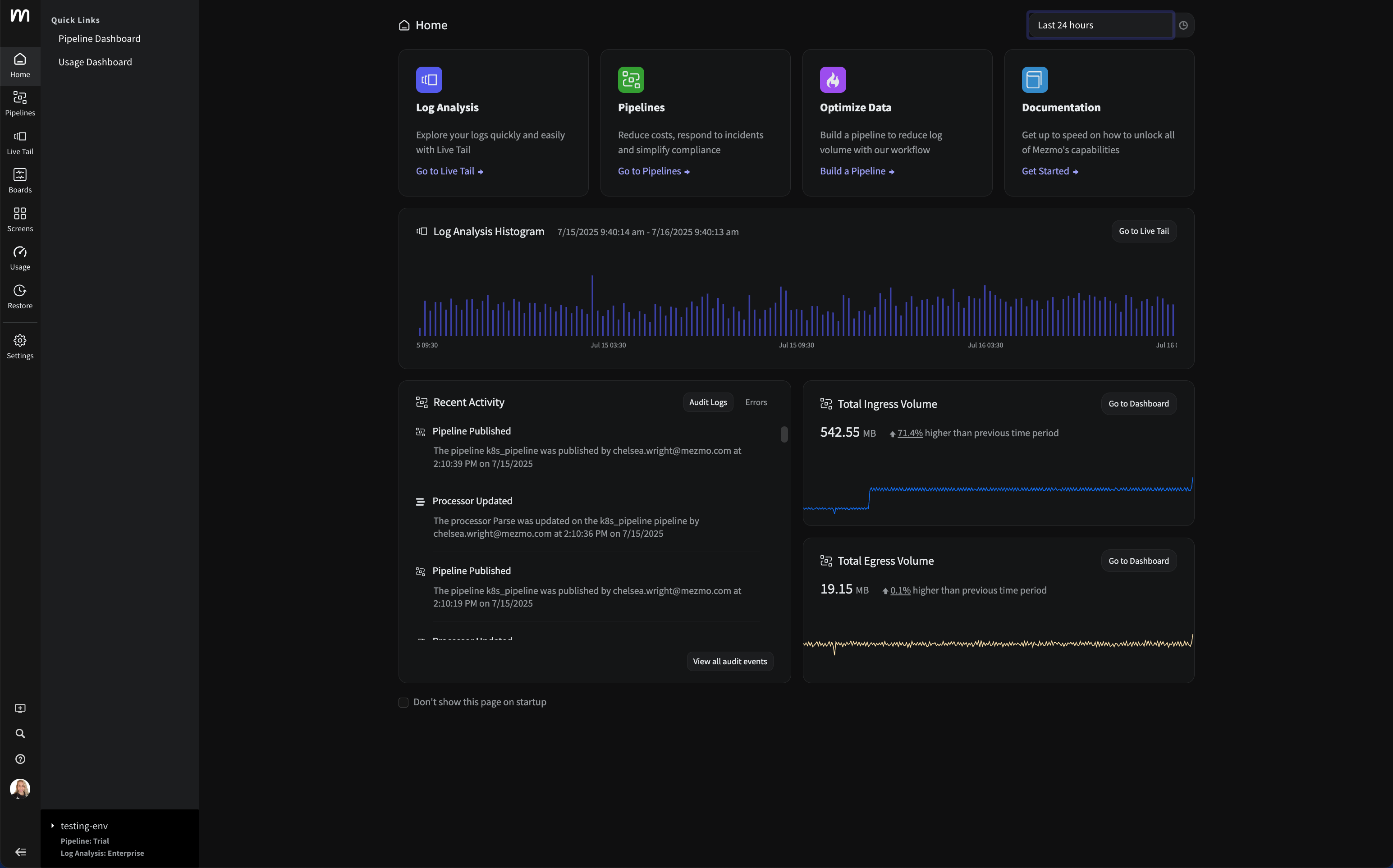


















.png)



































































